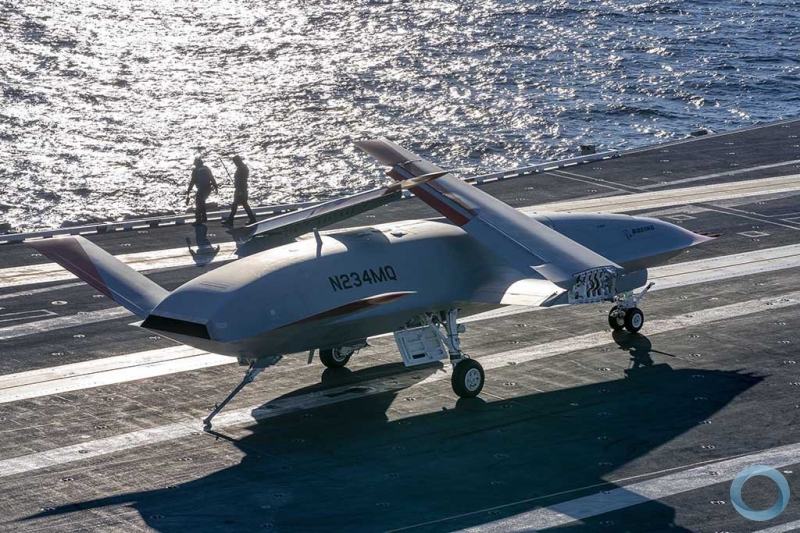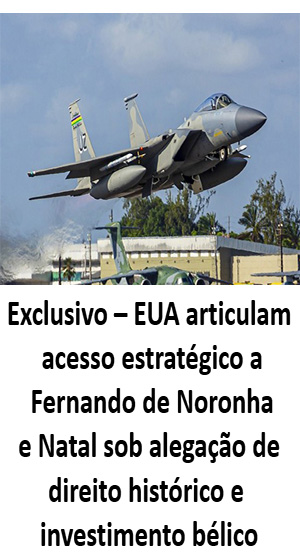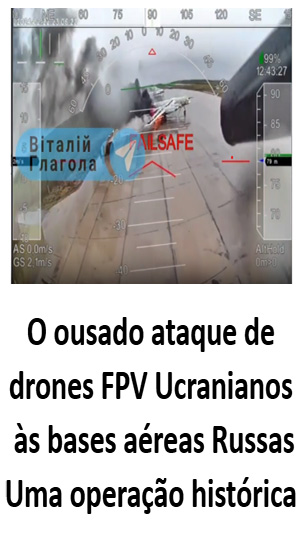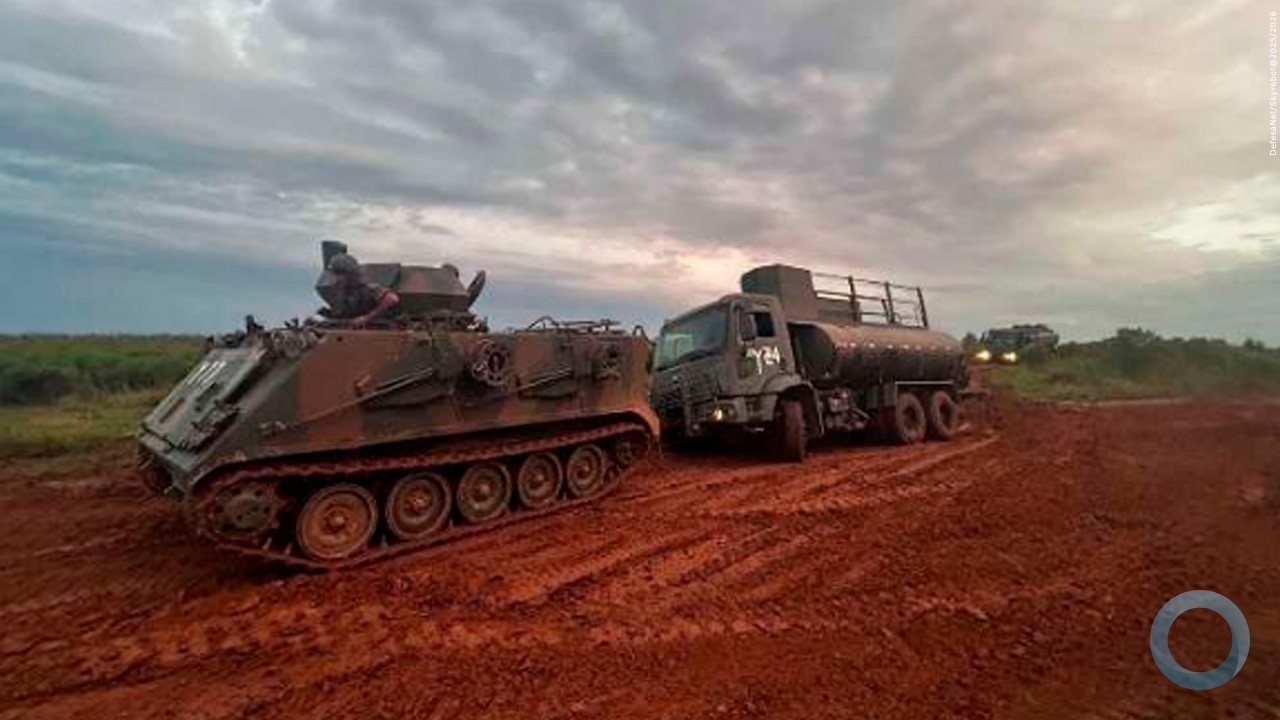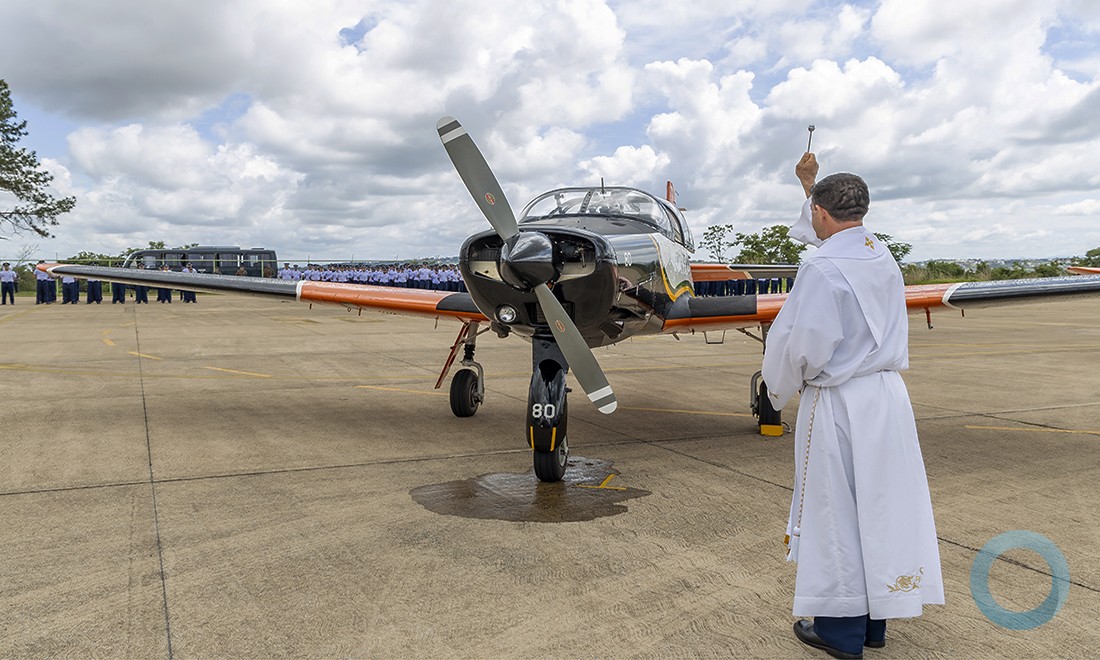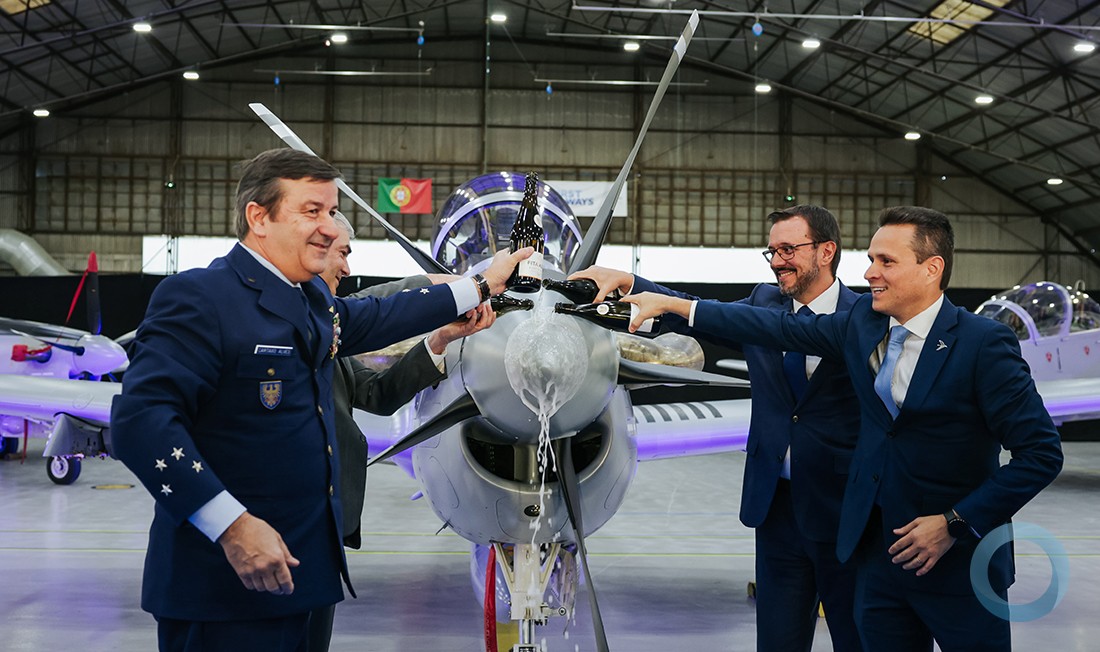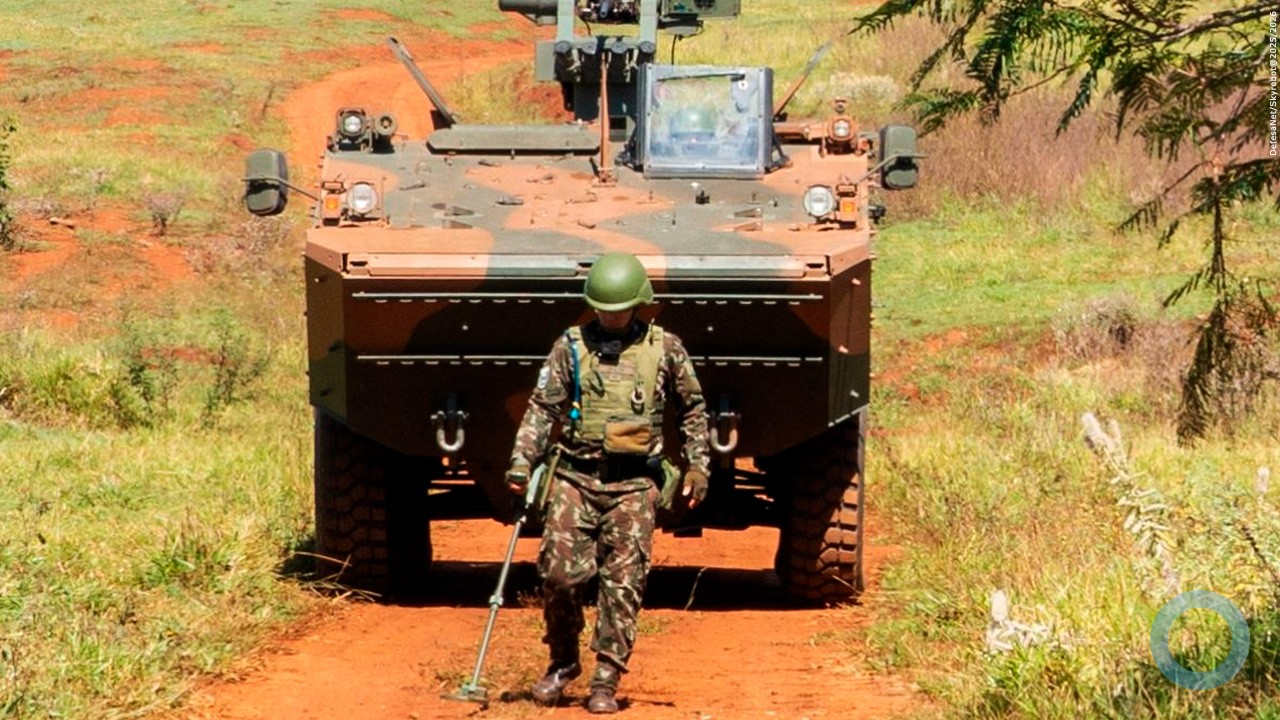Nicholle Murmel
In the film Captain Phillips (2013), the main character, played by Tom Hanks, is held hostage by Somali pirates. During one of the scenes, the captain grabs the radio and gives the order: “send the Scaneagle”. That was the drone that hovered over the Insitu stand, part of the Boeing complex set in Hall 4 at the LAAD 2015 defense expo that took place in Rio de Janeiro last April.
The small UAV is in the competition to be acquired by the Brazilian Navy. The Scaneagle and its big brother, the Integrator, both portraying the Brazilian naval aviation colors, watched the entire time while DefesaNet’s editor talked exclusively with Dexon B. Guzmán, responsible for developing Insitu’s business in the entire American continent.
Guzmán provided detailed information on the drones’ technology and how versatile they are. Regarding the Scaneagle in particular, he said the smaller UAV had already taken part in a demonstration to the Navy with other four vehicles from other companies on the deck of Brazilian patrol ship Apa in February. “We performed a fly off. The Scaneagle was launched, showed its capabilities and was retrieved right after. After this test our company and another contender were chosen for a potential contract”, he said.
Since then, negotiations with the Brazilian government and Navy are still going, and Insitu is only waiting for a sign from the Brazilian authorities to make a final bid. This should happen later this year.
Another very important issue is technology transfer – a major deal-maker for the Brazilian military. In case the Navy acquires the Scaneagle, Insitu is ready to make it happen. “We are completely willing [to tranfer our technology]. For as many components as possible, except those the American government doesn’t allow us to share”, says Guzmán.
Regarding the possibility of having the drones built in Brazil in the future, there’s already a local company involved – Santos LA, based in Rio, might become one of the players in the nationalization process of a potential Scaneagle production line.
About the Scaneagle
The first model of the UAV Insitu is offering the Brazilian Navy entered service back in 2001. Since then, the aircraft design didn’t change much – however, the avionics and electronic components evolved a lot.
Among the many appealing points about the Scaneagle, we can point out how portable and easy it is to operate. This drone can be assembled and lauched in a matter of munites. It doesen’t take much space both when operating and being transported. It’s also a lightweight device with 18-hour autonomy and requires very little fuel.
The drone has an innovative launching and, especially, the retrieving system – the Scaneagle takes off from a small catapult, but the interesting part is how it gets back to the ship or land base. The system, called Sky Hook, resembles the hooks actually used in aircraft carriers, but vertical. “Ship captains usually love this system because it’s safer. The Scaneagle flies alongside the vessel and the Sky Hook catches it by the wing, so there’s no risk of collision or crashing on deck”, Guzmán explains.
The UAV can be equipped with six different types of sensors for data and image scanning of tactic scenarios – electro optical and infrared sensors, panoramic images, communication sensors, signal pickup sensors, mapping and weather data collecting devices, as well as a synthetic aperture radar (SAR). Every data and image collected reaches operation headquarters in real time, allowing commanding officers to make decisions immediately, based on constantly updated information. This versatility in terms of data collection makes the Scaneagle fit for missions ranging from counterterrorism and anti-piracy to monitoring forest fires or aiding in police investigations.
When it comes to the specific demands of a naval force, the Brazilian Navy can benefit from a UAV such as the Scaneagle for monitoring and control of maritime zones and strategic facilities like offshore oil platforms, also as an useful aid on search and rescue (SAR) missions, as well as for surveillance and countering drug traffic and illegal and unregulated wishing, and for monitoring and protection of maritime wildlife.
At the moment, the main Scaneagle users include the US Navy, Air Force, Army and Marine Corp, plus 16 other nations including Canada, United Kingdom, Italy, Netherlands, Japan and Colombia – the first Latin-American customer. “Each customer finds different uses to the UAV, both on the military and civil environments”, says Guzmán.
Technical info:
Length: 5.1 ft
Wingspam: 10.2 ft
Empty Weight: de 30-39 lb
Max payload weight: 7.5 lb
Performance:
Endurance: 15 + 18 hours
Ceiling: 19.500 ft
Max horizontal speed: 80 knots
Cruise speed: 50-60 knots
Engine: heavy fuel or gasoline engine








